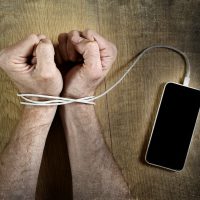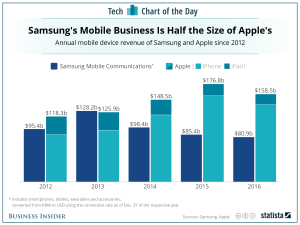Is it Finally Time to Cut the Cord?

Dongles, cords, and camping out next to electrical outlets
Have you ever found yourself walking into an airport terminal or a coffee shop and, instead of scoping out the most comfortable seat or the one with a view, choosing the chair nearest the electrical outlet? Companies and industries have taken notice. Airports, vehicle makers, electrical outlet manufacturers, and even outdoor companies – those ironically tasked with re-connecting us to nature – are providing us with every imaginable opportunity to plug our devices in.
Society expects us to be constantly at the ready to answer emails, texts, and even the occasional telephone call, so it is no surprise that we take it to the next level by obsessing over what might happen if our devices run out of juice, and we are left in the dark even to the point that those anxiety-laden symptoms have been given a place in the dictionary and the acronym FoMO. Perhaps this is why some people are so averse to electric cars – the fear of not really knowing what to do when the battery reaches zero.
There is hope. Apple, who once threw caution to the wind with their universally detested Lightning cable, is rumored to have finally joined the wireless charging bandwagon. Through various leaky channels it has been widely suggested that the iPhone 8 will support the technology, foregoing the necessity of iPhone users to purchase burdensome dongles.
Other smartphones already fully support wireless charging (and have done so since 2012), most notably the highly-regarded Galaxy S6, but as seen in Business Insider’s graph below, that has not made much of a difference in terms of sales and it certainly has not helped wireless technology become more mainstream. Google is heading in the opposite direction: its Nexus smartphones which once supported wireless charging, have abandoned all efforts saying that a USB-C port will allow their phones to be lighter and to charge faster which are two very desirable qualities.
Still, the technology has been around for years, yet it is only useful if it is widely accepted and easily available and that’s just not the case. It seems that, for now, companies are still trying to get it together and understand the consumer’s needs before fully committing. We will have to wait and see if and how the new iPhone changes our charging cognizance.

Samsung’s Mobile Business vs. Apple’s iPhone
